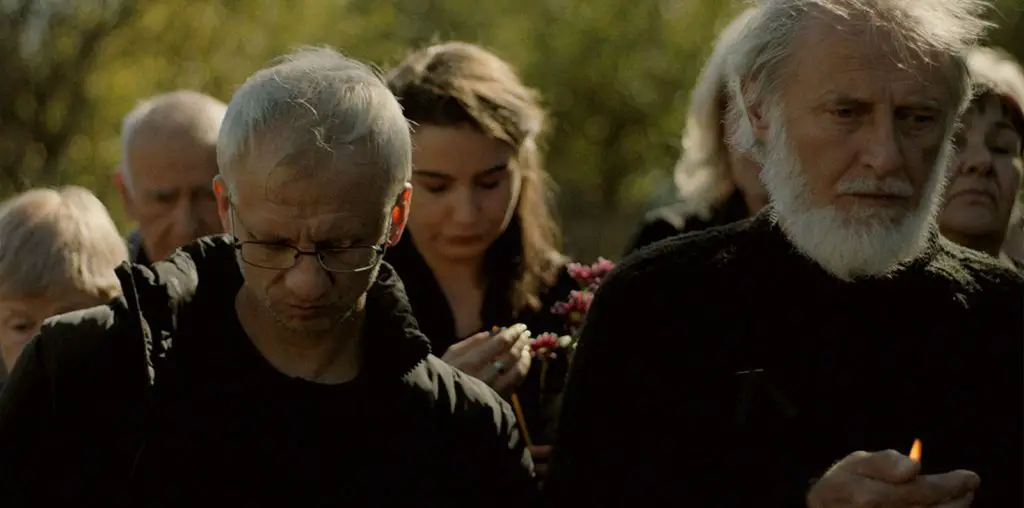
David Hammer’s documentary short, which was produced in conjunction with an exhibition at the National Gallery of Art in Washington, D.C., offers an overview on the life and career of George Bellows (1882-1925).
The Ohio-raised Bellows arrived in New York City at the beginning of the 20th century and witnessed an extraordinary wave of socioeconomic upheavals that he brilliantly captured in his paintings. The polite art establishment was initially shocked at his raw portrayals of street urchins and tenement dwellers, but Bellows quickly became hailed as a chronicler of the city’s grittier environments. Bellows also took sharp observatory skills to Maine, where he painted the working classes who labored along the stunning coastline of Monhegan Island.
Bellows courted controversy with his exaggerated depiction of alleged German atrocities from the World War I front lines, and he freely used his work for political statements as an illustrator for socialist publications. In his later career, Bellows allowed the influences of his fame and fortune to enter his work, with paintings of the well-heeled Newport society, the bucolic splendor of his vacation retreat in Woodstock, N.Y., and a front row view of the 1923 Demspey-Firpo fight.
This documentary offers a handsome presentation of Bellows’ finest work, while archival newsreel footage and rarely-seen photographs of the artist and his family provide a glimpse of the influences that shaped the artist’s life. The resulting production is an intelligent tribute to an extraordinary figure in the shaping of 20th century American culture.

